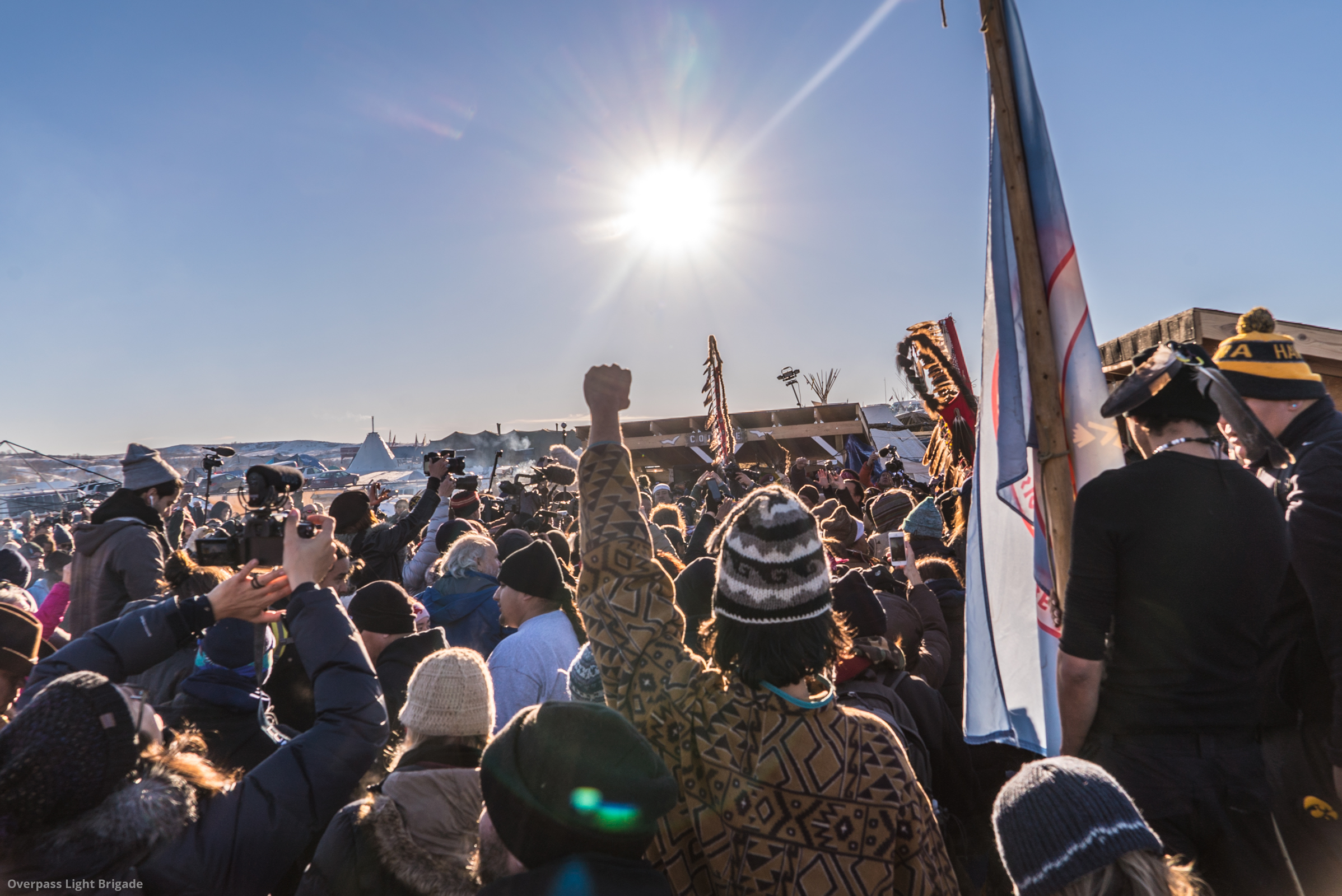The House That Ghosts Built (And Mediums Performed)
By Paula Vilaplana de Miguel Featured image: Seances, a popular entertainment in the late 19th century, under a red light. *The following work acknowledges that the phenomenon of haunting is neither uniquely Western nor exclusively related to the Spiritualist movement. Spiritualism, as many have noted, builds on previous histories of witchcraft, mesmerism, hoodoo, divination, and other cultural precedents. Haunting is a multifaceted phenomenon that has developed differently throughout the United States territory, too. Due to the hyper-abundant and multiple forms of haunting this work centers on a very determined timeframe and location: the birth and expansion of Spiritualism in the United States’ East Coast between 1848 and 1924, and the psychic mediums that popularized it Part 1: Trance TechnologiesFurniture and Prosthetics in the Victorian Haunted House Evenings at home in Spiritualist Séance1 The room is grim. The last light of day shyly brightens the furniture of the parlor: bookcases, chintz curtains, a large sofa, and a record player. The sitters gather around a wooden table and hold hands. The séance usually starts with the Lord’s …



